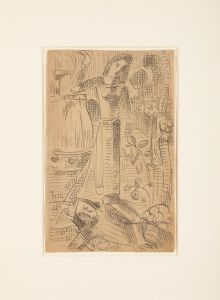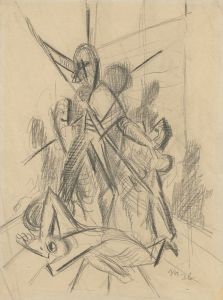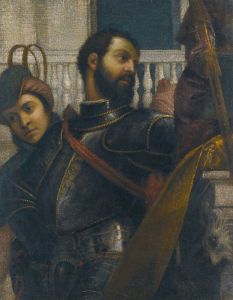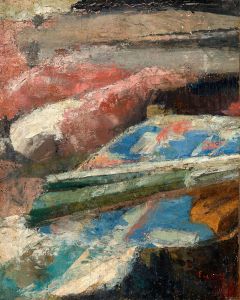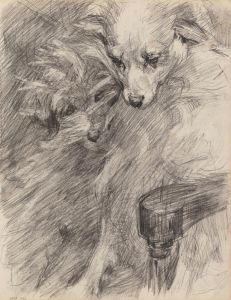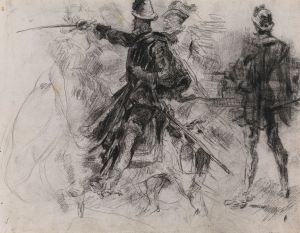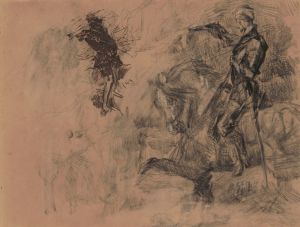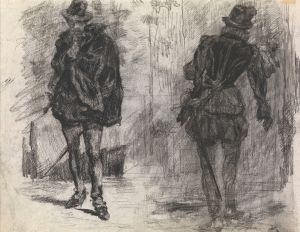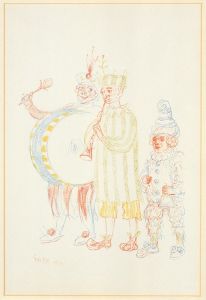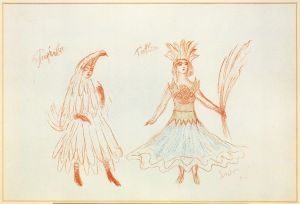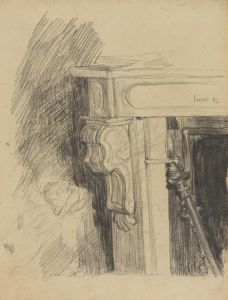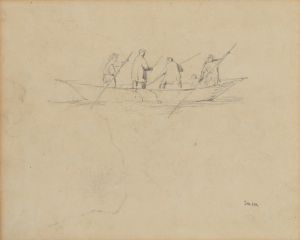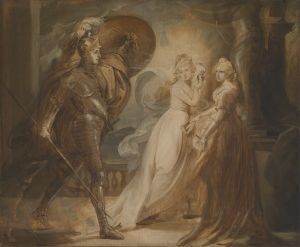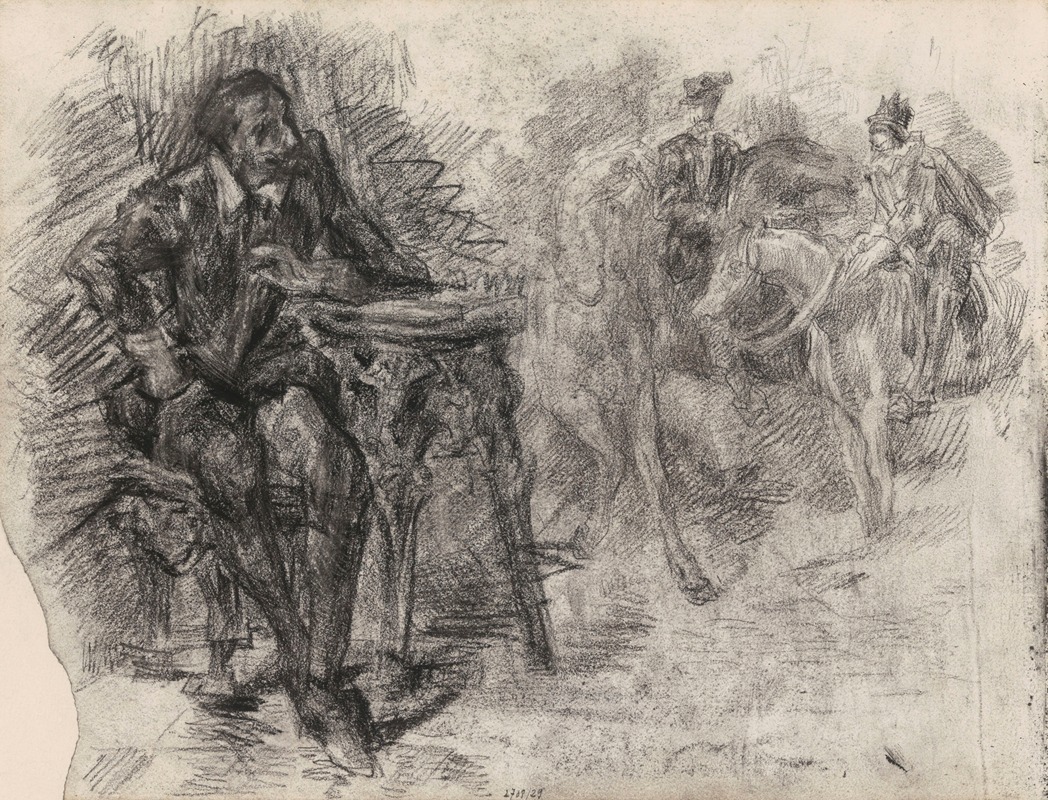
Don Quixote
A hand-painted replica of James Ensor’s masterpiece Don Quixote, meticulously crafted by professional artists to capture the true essence of the original. Each piece is created with museum-quality canvas and rare mineral pigments, carefully painted by experienced artists with delicate brushstrokes and rich, layered colors to perfectly recreate the texture of the original artwork. Unlike machine-printed reproductions, this hand-painted version brings the painting to life, infused with the artist’s emotions and skill in every stroke. Whether for personal collection or home decoration, it instantly elevates the artistic atmosphere of any space.
James Ensor, a Belgian painter known for his unique and often surreal style, created a work titled Don Quixote. Ensor, who lived from 1860 to 1949, was a prominent figure in the Symbolist and Expressionist movements, and his art often explored themes of fantasy, satire, and the grotesque. While Ensor is best known for his paintings featuring masks, skeletons, and carnival imagery, his interpretation of Don Quixote reflects his interest in literary and cultural subjects.
The painting Don Quixote is inspired by the titular character from Miguel de Cervantes' classic Spanish novel Don Quixote, first published in the early 17th century. Cervantes' work tells the story of a delusional but idealistic knight, Don Quixote, and his loyal squire, Sancho Panza, as they embark on a series of misadventures. The novel's themes of idealism, reality, and the clash between dreams and the mundane world have resonated with artists across centuries, including Ensor.
Ensor's depiction of Don Quixote is characteristic of his style, blending elements of whimsy and distortion. The painting portrays the iconic figure of Don Quixote, often shown as a gaunt and elongated man, embodying both the nobility and absurdity of his quest. Ensor's use of vivid colors and dynamic brushstrokes adds an expressive quality to the work, emphasizing the emotional and psychological dimensions of the character. The painting may also include Ensor's signature use of fantastical or exaggerated elements, aligning with his broader artistic approach.
As with many of Ensor's works, Don Quixote reflects his fascination with the tension between the heroic and the ridiculous. The character of Don Quixote, who is both a tragic and comedic figure, aligns with Ensor's interest in exploring human folly and aspiration. This thematic connection makes the painting a compelling example of Ensor's engagement with literary and philosophical ideas.
While specific details about the creation date, medium, and current location of Don Quixote by James Ensor are not widely documented, the painting remains an example of how Ensor drew inspiration from cultural and literary sources. It demonstrates his ability to reinterpret classic themes through his distinctive artistic lens.





